Let us all add the information we have available about the Greek colonization of Aegean Macedonia since 1913.
Here are some maps related to the largest influx of colonizers, the Christian Refugees from Turkey that arrived on Macedonian soil for the first time in 1923. They were what Greece needed to make Aegean Macedonia Greek. Today their descendants form the bulk of the 2.5 million national Greeks that live in Aegean Macedonia.

Source: “Crossing the Aegean: The Consequences of the 1923 Greek-Turkish Population Exchange” by Renee Hirschon, 2003, page 181.

Source: League of Nations, Economic and Financial. 1926. II. 32. (Geneva: 1926)
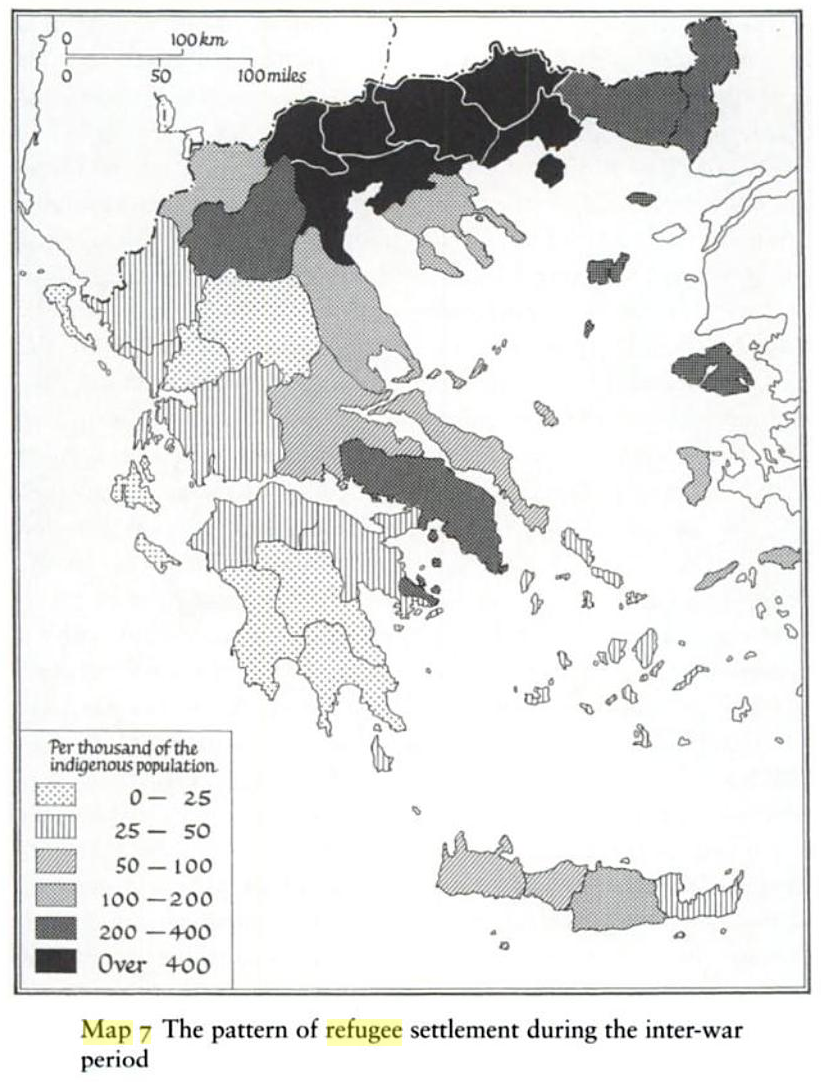
Source: “A Concise History of Greece” by Richard Clogg, 1992, page 105.
Please add all relevant information to this topic.
:rmacedonia
Here are some maps related to the largest influx of colonizers, the Christian Refugees from Turkey that arrived on Macedonian soil for the first time in 1923. They were what Greece needed to make Aegean Macedonia Greek. Today their descendants form the bulk of the 2.5 million national Greeks that live in Aegean Macedonia.

Source: “Crossing the Aegean: The Consequences of the 1923 Greek-Turkish Population Exchange” by Renee Hirschon, 2003, page 181.

Source: League of Nations, Economic and Financial. 1926. II. 32. (Geneva: 1926)

Source: “A Concise History of Greece” by Richard Clogg, 1992, page 105.
Please add all relevant information to this topic.
:rmacedonia


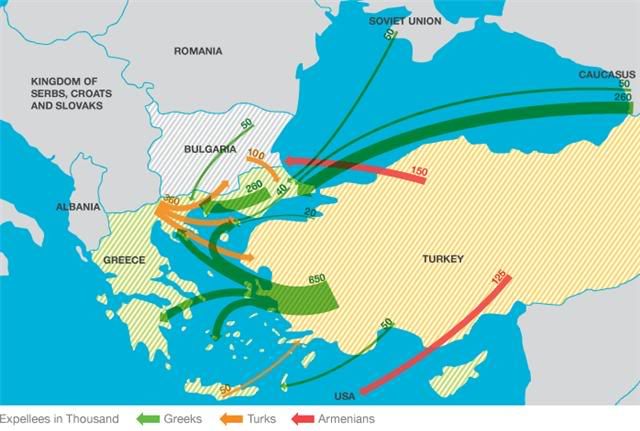

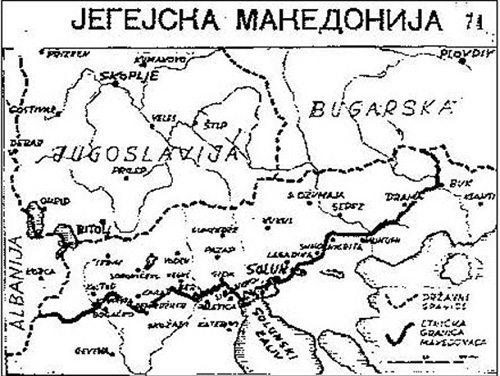
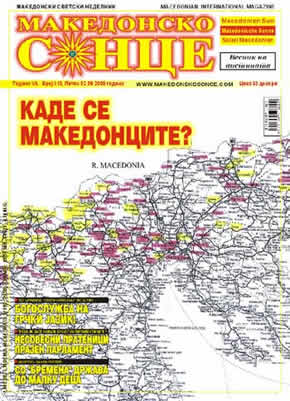


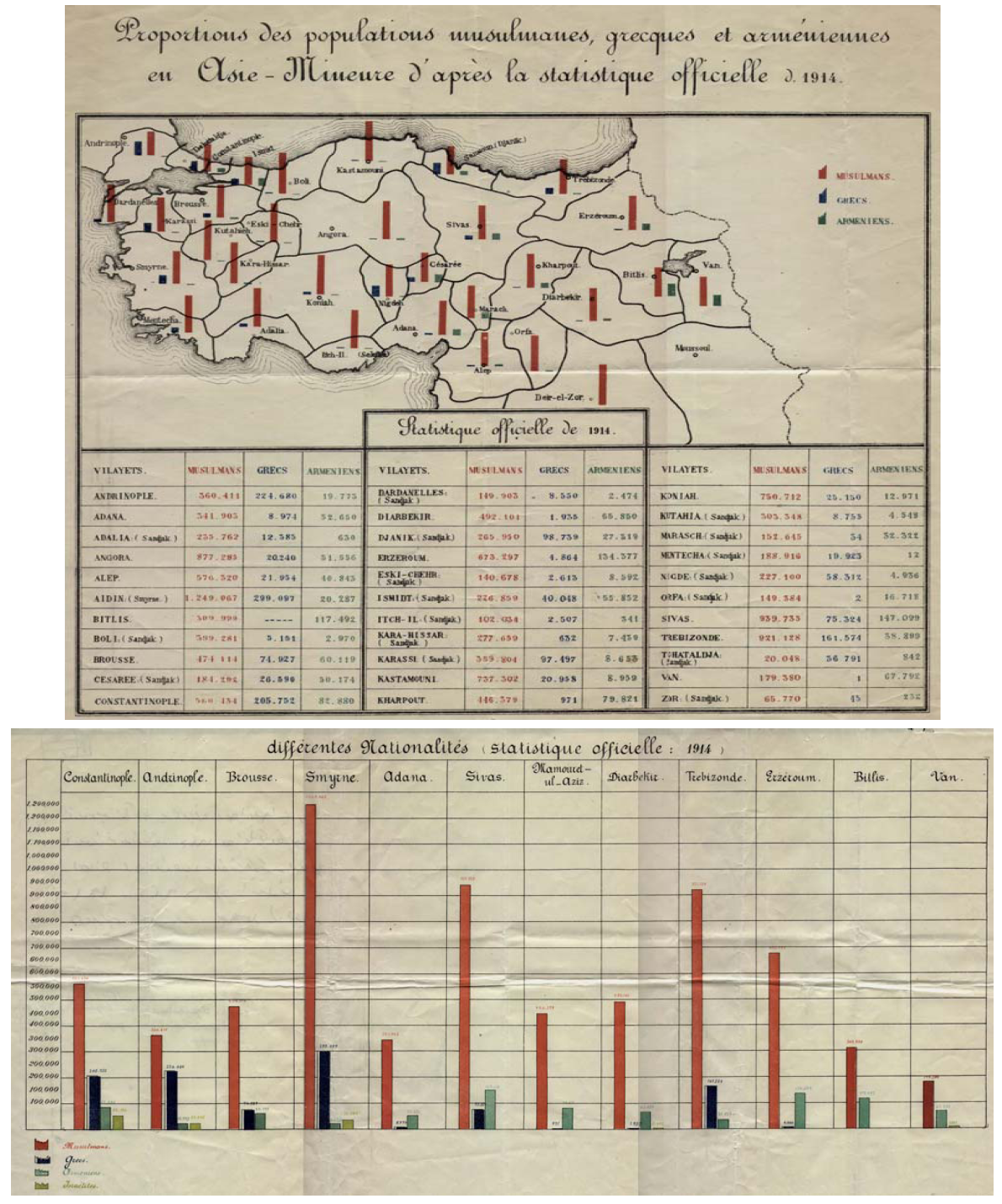
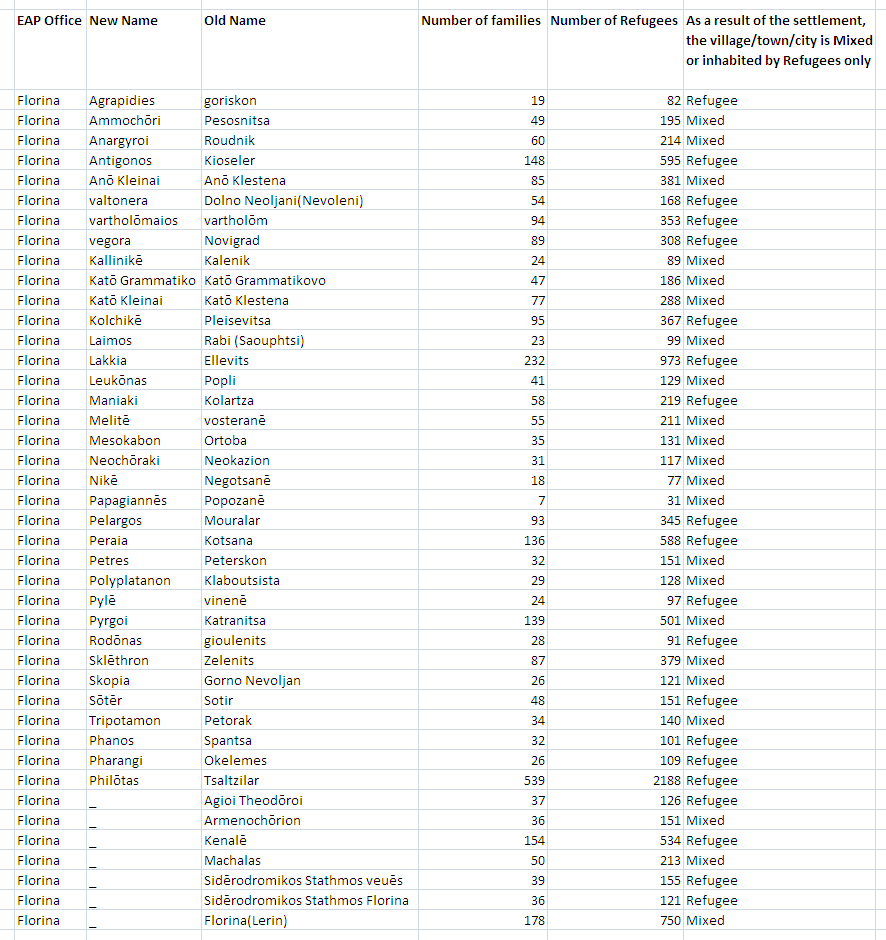
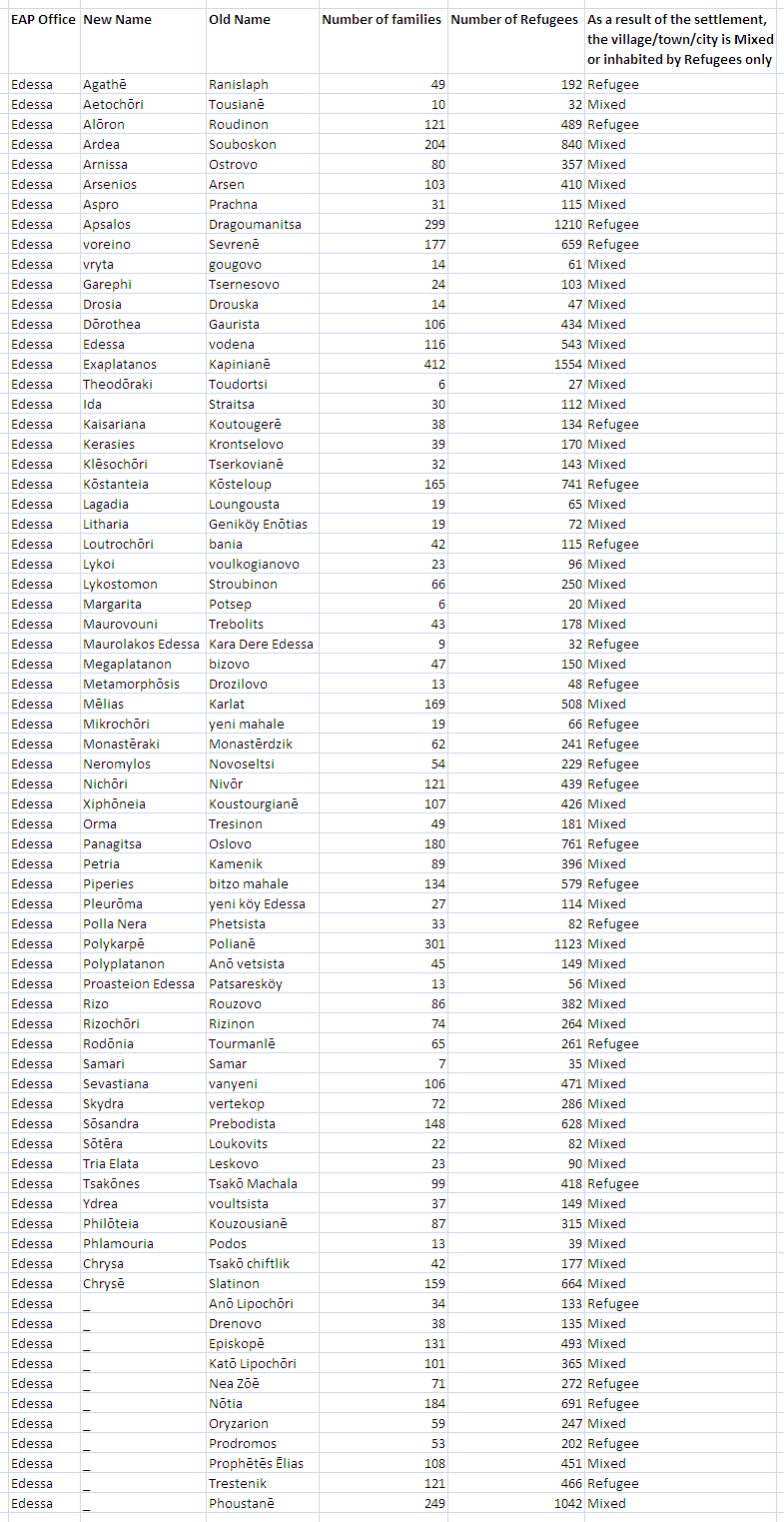
 Let's build on topics like these for as long as we can.
Let's build on topics like these for as long as we can.

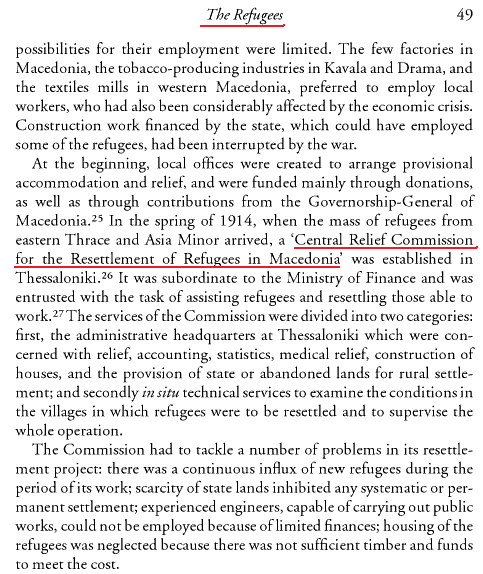
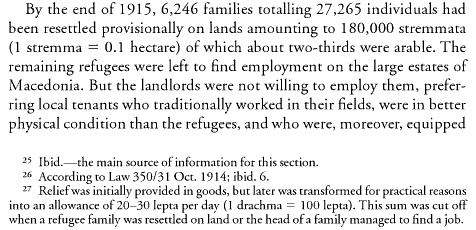
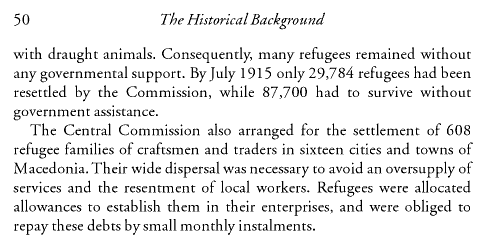
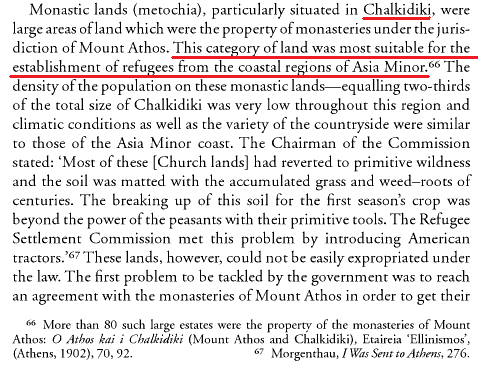
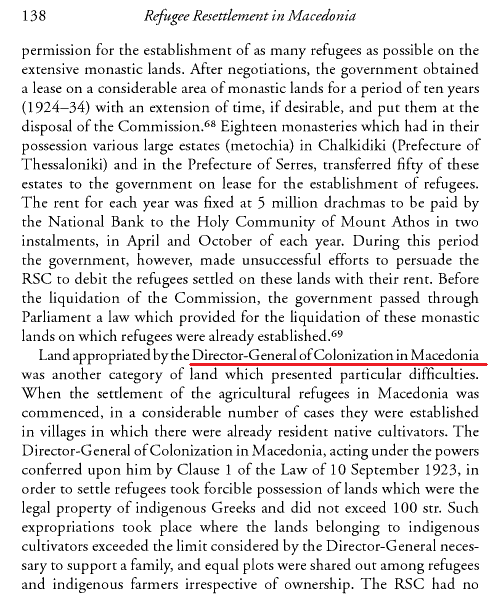

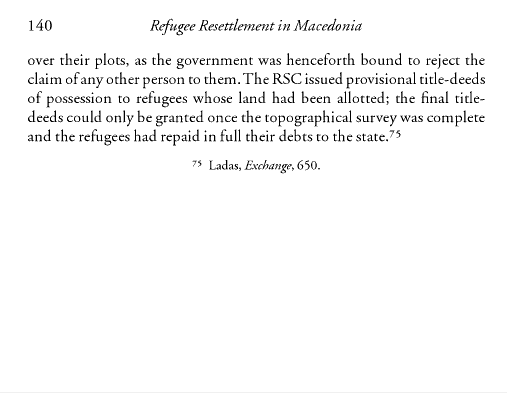
Comment